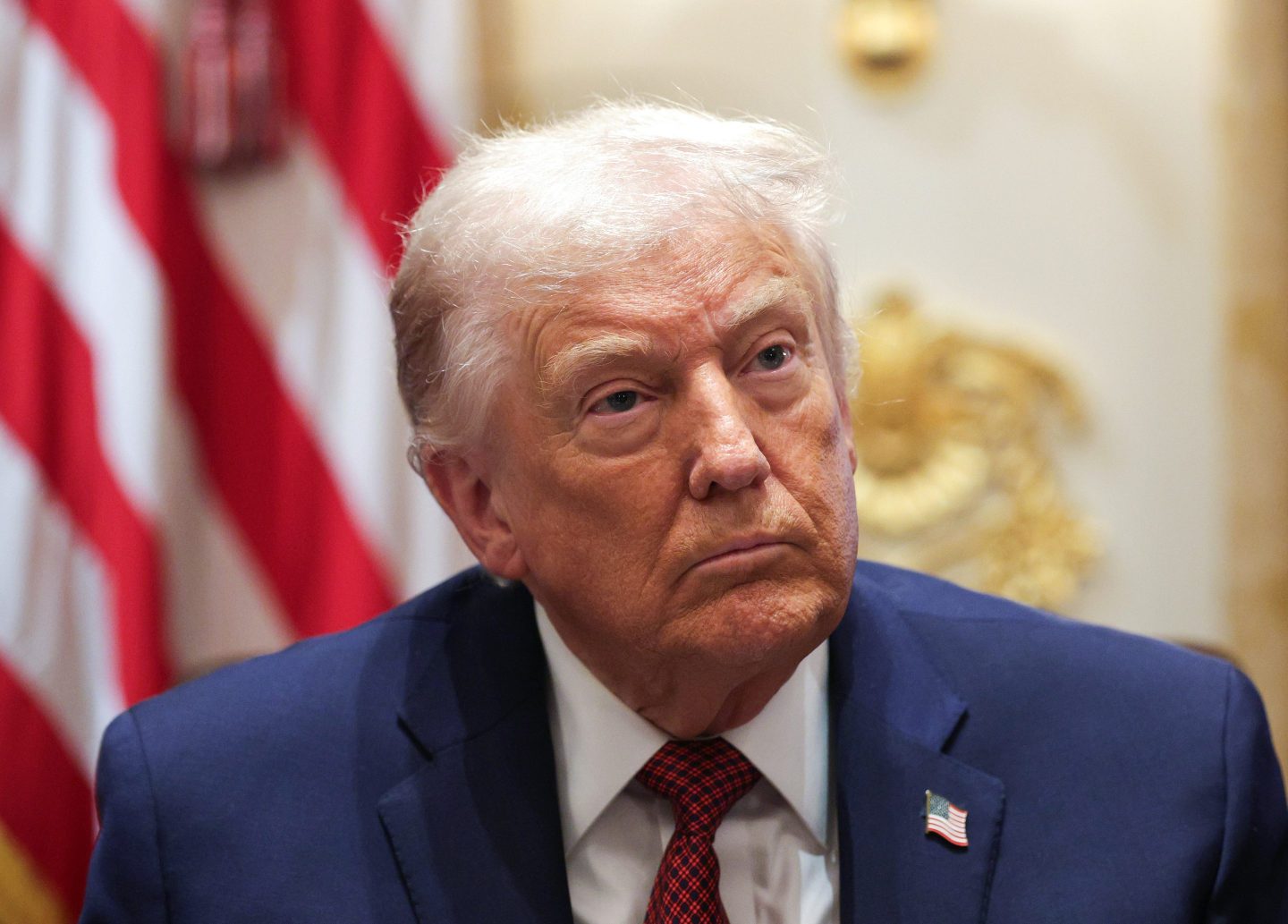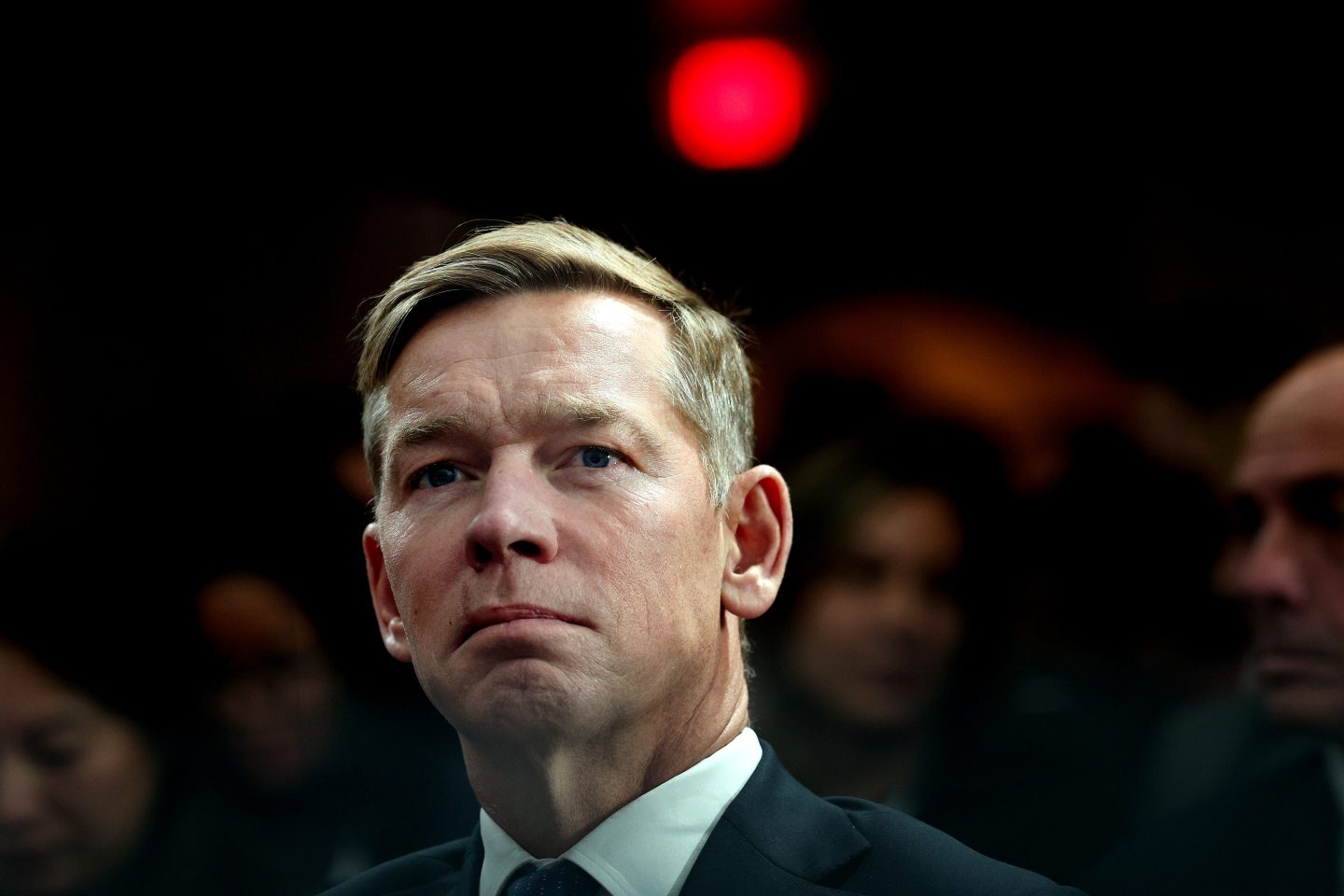Most Americans will never experience malaria. That is a privilege. Even though malaria ranks among the most debilitating and deadly diseases globally, few Americans today have encountered it firsthand or know someone who has.
Distance can lull us into thinking malaria is someone else’s problem. But it isn’t. Its ripple effects are felt far beyond individual lives — across economies, markets, and global security. Recent analysis underscores why this matters, and why the United States must remain invested in this fight.
Today, Africa accounts for roughly 94% of all malaria cases — some 246 million people a year. Malaria’s disruption isn’t just measured in cases or deaths; it’s measured in corporate revenues and GDP drag. More than three quarters of sub-Saharan African businesses say malaria impacts their operations, and nearly 40% call the impact serious. Sick workers miss days or weeks of work, return less productive, and erode company performance. Talent drains away. Healthcare costs spike. Public funds shift from infrastructure and innovation to managing malaria outbreaks. Collectively, malaria costs the continent an estimated US$12 billion in GDP every year.
These losses don’t stay in Africa. They hit American companies, too. U.S. firms have faced lost production, costly evacuations, and elevated insurance and risk premiums. Chevron once reported 1,000 lost workdays annually in Angola due to malaria. BHP Billiton’s operations in Mozambique logged 6,000 malaria cases in just two years, resulting in $2.7 million in costs and 13 fatalities. For multinationals, malaria is more than a health problem, it affects the bottom line.
But here is the good news: U.S. investment in malaria control pays off. From 2010 to 2023, the U.S. contributed US$15.6 billion, about 37% of total global malaria funding. That investment supported GDP gains worth US$90.3 billion in partner countries. That’s a $5.80 return on every $1 spent. Few investment portfolios can match that. Malaria control programs have a strong record of success in ending endemic infection rates in Asia and the Middle East (as well as the U.S., where malaria control sparked the creation of the CDC). And as African economies grow healthier and more dynamic, they unlock new demand, including as much as US$1.5 billion in additional U.S. exports by 2030.
This isn’t charity. It’s smart economics. Africa today represents roughly $3 trillion in combined consumer and business spending. By 2030, Brookings projects that will more than double to $6.7 trillion and exceed $16 trillion by 2050 as Africa’s population doubles. Already one of the largest consumer markets and sources of labor in the world, Africa will be home to one in four people globally by 2050 and will represent the youngest populations globally, making the African market a critical part of American companies’ long-term commercial strategies. Healthier populations are more productive, more stable, and more investable. That’s good for African nations, good for American companies, and good for the global economy. Strong health systems also serve as a first line of defense against pandemics, reducing risk across global supply chains.
The State Department’s new America First Global Health Strategy makes this point explicit, prioritizing market access and urging greater use of U.S.-led corporate and research innovations to tackle global health challenges and achieve the strongest possible outcomes.
The case is clear: U.S. engagement has been good for business, but the work isn’t finished. Pulling back now would risk a resurgence of disease that would weaken America’s health security while undercutting economic opportunities for U.S. companies.
Malaria is one of humanity’s oldest and deadliest killers, but with sustained U.S. leadership, we can end it for good. That means doing three things, now.
First, lock in predictable financing. Multi-year commitments from donor governments, full replenishments of the Global Fund and Gavi, and new private-sector investment will keep lifesaving programs running and protect decades of progress.
Second, double down on what works. Long-lasting insecticide-treated nets, indoor spraying, testing, treatment, and seasonal prevention have already saved millions of lives. Expanding these proven tools to every community will drive malaria to historic lows.
Third, unleash innovation. The first malaria vaccines mark a turning point, but they’re only the beginning. Better diagnostics, new drugs, spatial repellents, mosquito technologies, and data innovations – many pioneered by American companies – could finish the job.
The path is clear. With strong, sustained U.S. funding and focus, we can save more lives, strengthen economies, and protect global stability — all while advancing American innovation and influence.
Ending malaria isn’t just the right thing to do, it’s one of the savviest investments America can make.
The opinions expressed in Fortune.com commentary pieces are solely the views of their authors and do not necessarily reflect the opinions and beliefs of Fortune.












